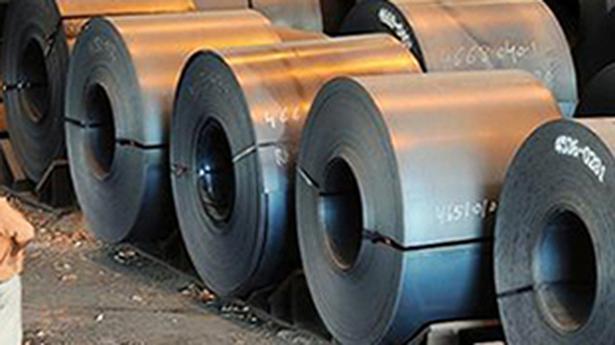
Tata Steel unveils green investment plan for U.K. steel tube mill
The Hindu
The investment will go into a new slitter which will allow the Hartlepool site to process coils of steel delivered from Tata’s Port Talbot steelmaking site in South Wales.
Tata Steel has unveiled a 7-million pound investment plan for its Hartlepool Tube Mill in north-east England that the Indian steel major says will cut carbon emissions, improve capacity and reduce costs to strengthen its U.K. business.
The investment will go into a new slitter which will allow the Hartlepool site to process coils of steel delivered from Tata’s Port Talbot steelmaking site in South Wales. All of the steel products made at the site, where almost 300 people work producing up to 2,00,000 tonnes of steel tubes a year, are 100% recyclable and the investment is forecast to pay for itself in less than three years.
“This project will allow us to bring a vital process on site, which in turn will free up thousands of tonnes of capacity at the Port Talbot site,” Andrew Ward, Works Manager of Tata Steel in Hartlepool, said last week.
“This will improve our efficiency and reduce overall CO2 emissions from our steel processing as well as reducing the total costs across the business,” he said.
Currently, wide steel slabs are slit in Port Talbot before being rolled and sent to Hartlepool to be turned into steel tubes, which are then used in a wide range of products such as agricultural machinery, sports stadiums, steel-framed buildings and the energy sector.
The new project is expected to take more than a year to complete and is the second major investment announced by the Indian company in the UK this year after an investment plan for its site at Corby in the north-eastern England region. Both projects will further strengthen the UK business, improving services to customers and using the latest available technology to reduce environmental emissions, Tata Steel UK said.
Andrew Ward added: “Above all, safety will be a key factor in this investment both during the construction phase and when the new slitter is up and running. It will feature the latest computer-controlled technology, which reduces the need for our employees to be close to any hazardous operations and it will be as energy-efficient as possible.











